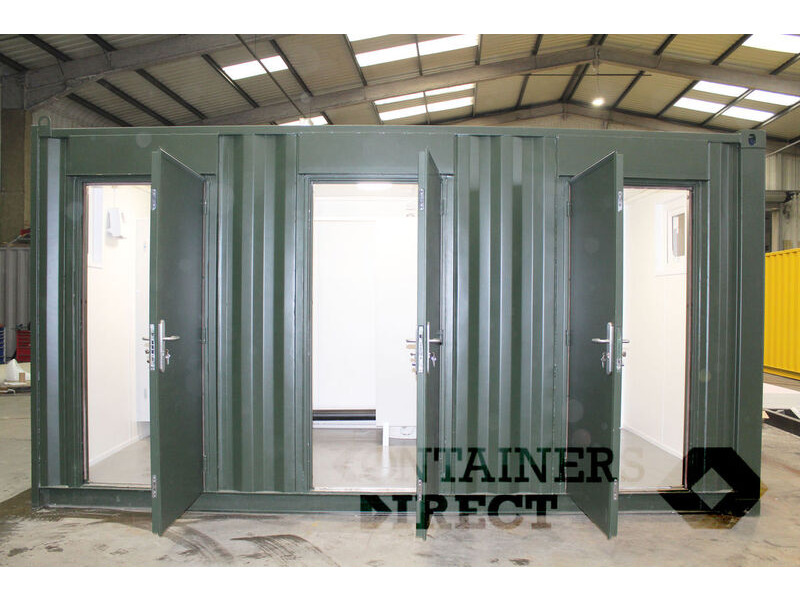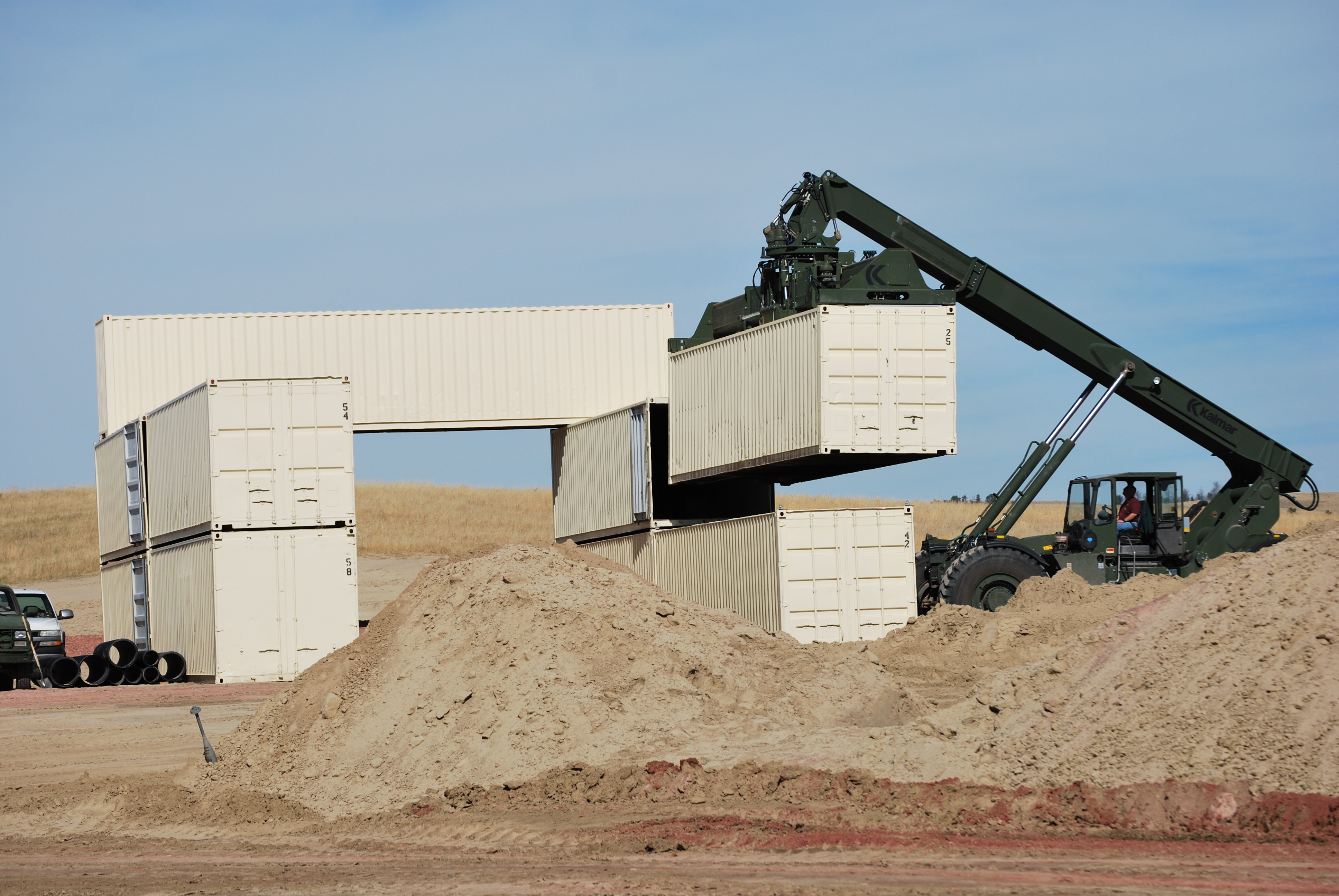

Large amounts of data might be taken in, aggregated for analysis purposes, and then deleted almost immediately. In an IoT scenario, lots of smaller write operations might be pushed to the cloud every second. Interactive editing or multi-player online gaming applications maintain a quality experience by providing real-time updates. However, they must be instantly displayed to the customer on demand. For example, in an e-commerce application, less frequently viewed items are likely not cached. E-commerce and mapping applications often require instant updates and user feedback. Highly interactive and real-time applications must write data quickly.

Premium block blob storage accounts are ideal for workloads that require fast and consistent response times and/or have a high number of input output operations per second (IOP). By contrast, the performance of a hard disk drive (HDD) depends on the proximity of data to the read/write heads. File transfer is much faster because data is stored on instantly accessible memory chips. SSDs provide higher throughput compared to traditional hard drives.

Data is stored on solid-state drives (SSDs) which are optimized for low latency. Normal ProvisioningSucceeded 8s block blob storage accounts make data available via high-performance hardware. Normal ExternalProvisioning 20s (x3 over 50s) persistentvolume-controller waiting for a volume to be created, either by external provisioner "" or manually created by system administrator

Normal Provisioning 50s _vsphere-csi-controller-7777666589-jpnqh_798e6967-2ce1-486f-9c21-43d9dea709ae External provisioner is provisioning volume for claim "default/example-pvc" Pv.kubernetes.io/bound-by-controller: yes WaitForFirstConsumer volumeBinding mode with dynamic volume provisioning, see Types of storage can be from the same or different storage systems.įor more information on provisioning volumes using topology and use of the A cluster administrator can define and expose multiple types of storage within a cluster by using custom set of parameters.Each StorageClass can specify a volume plug-in provisioner that provisions a volume, and a set of parameters. A cluster administrator can define as many StorageClass objects as required.The implementation of dynamic volume provisioning is based on the API object StorageClass from the API group.Instead, the dynamic provisioning automatically provisions storage when it is requested by users. With dynamic volume provisioning, cluster administrators do not need to pre-provision backing storage.Without dynamic volume provisioning, cluster administrators have to manually make calls to their cloud or storage provider to create new storage volumes, and then create PersistentVolume objects to represent them in Kubernetes.Dynamic volume provisioning allows you to create storage volumes on demand.vSphere Container Storage Plug-in does not support creating multiple pods using the PersistentVolumeClaim with ReadWriteOnce access mode. Volumes created using PersistentVolumeClaim with ReadWriteOnce access mode should be used by a single pod. Block volumes can be provisioned using ReadWriteOnce access mode in the PersistentVolumeClaim specification.When you provision volumes dynamically, consider the following items:


 0 kommentar(er)
0 kommentar(er)
